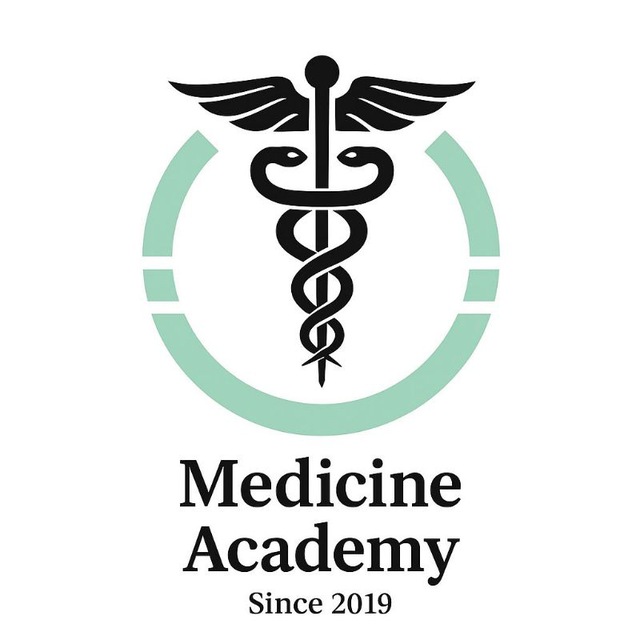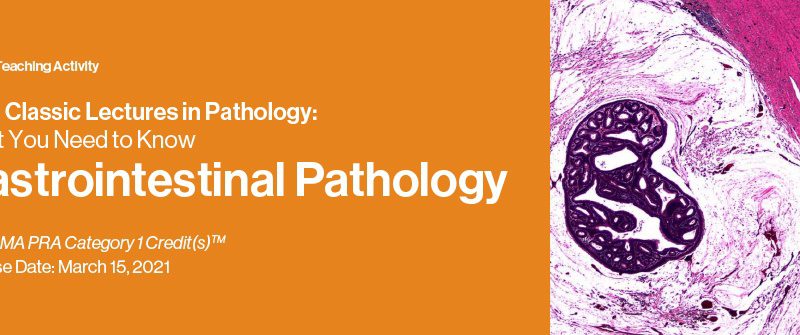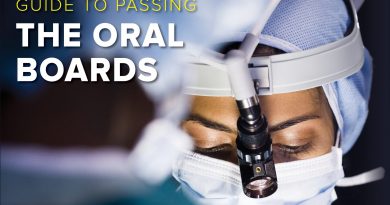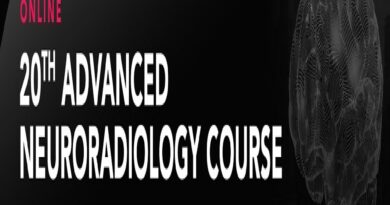2021 Classic Lectures in Pathology: What You Need to Know: Gastrointestinal Pathology

About This CME Teaching Activity
This CME Activity offers a practical review of gastrointestinal pathology combining basic to advanced techniques, pearls and pitfalls to pathologic diagnosis and case reviews.
Target Audience
This CME activity is intended and designed to educate pathologists.
Educational Objectives
At the completion of this CME teaching activity, you should be able to:
- Prepare for colon cancer and universal screening for Lynch syndrome.
- Identify conditions to consider before surgical pathology subspecialty sign-out.
- Discuss the spectrum of gluten-related disorders and current optimum testing for celiac disease.
- Describe the updated epidemiology of cancer risk and Barrett esophagus and the current data on the efficacy of endoscopic surveillance.
- Recognize the major diagnostic pitfalls in the diagnosis of Barrett’s esophagus and Barrett’s-related dysplasia.
- Discuss the more recently recognized variants of ulcerative colitis as well as some of the issues related to diagnosing dysplasia in the setting of IBD.
- Identify some of the major diagnostic issues in the most common colorectal polyps including serrated polyps
- Discuss the effects of contemporary therapy on the pathology and management of patients with inflammatory bowel disease.
- Describe the role of the pathologist in helping to manage patients with IBD-related dysplasia and neoplasia.
- Apply risk stratification criteria for the prognostication of gastrointestinal stromal tumors.
- Discuss and recognize the succinate dehydrogenase-deficient gastrointestinal stromal tumor and understand the clinical significance of this category of GIST.
- Identify the biliary pattern of injury on liver biopsy.
- Recognize distinguishing features of steatosis from steatohepatitis.
- List the appropriate immunohistochemical work-up of primary liver tumors.
- Develop an understanding of the characteristic histologic features that allow clear separation of the acute and chronic hepatitis patterns.
- Develop an understanding of the normal histology of the intrahepatic biliary system and how it is affected by a variety of cholestatic liver diseases.
- Develop an understanding of the utility of clinical history and laboratory findings in averting misinterpretation of histologic findings in medical liver biopsies.
No special educational preparation is required for this CME activity
Price : $ 60
[WD_Button id=441]




